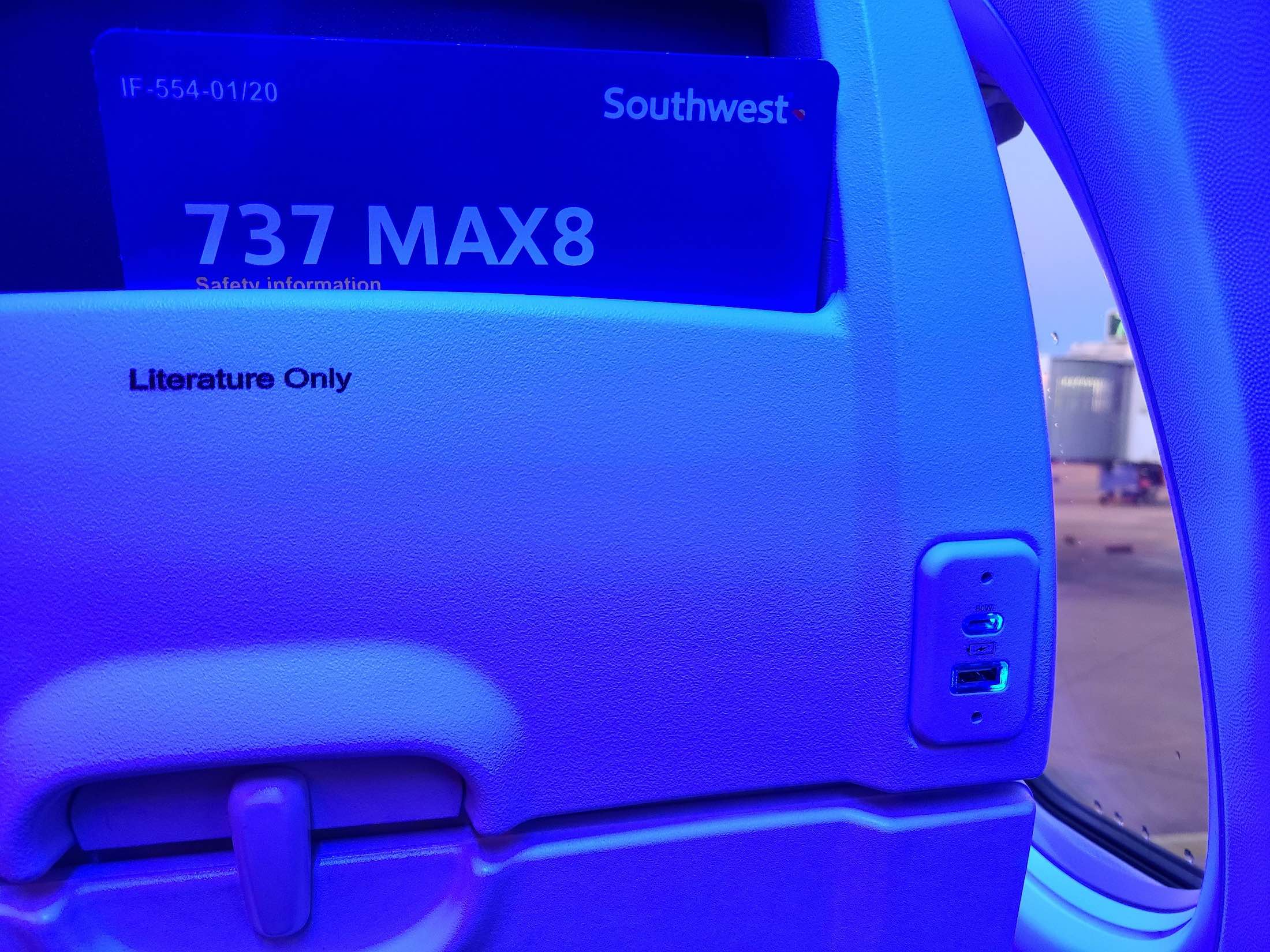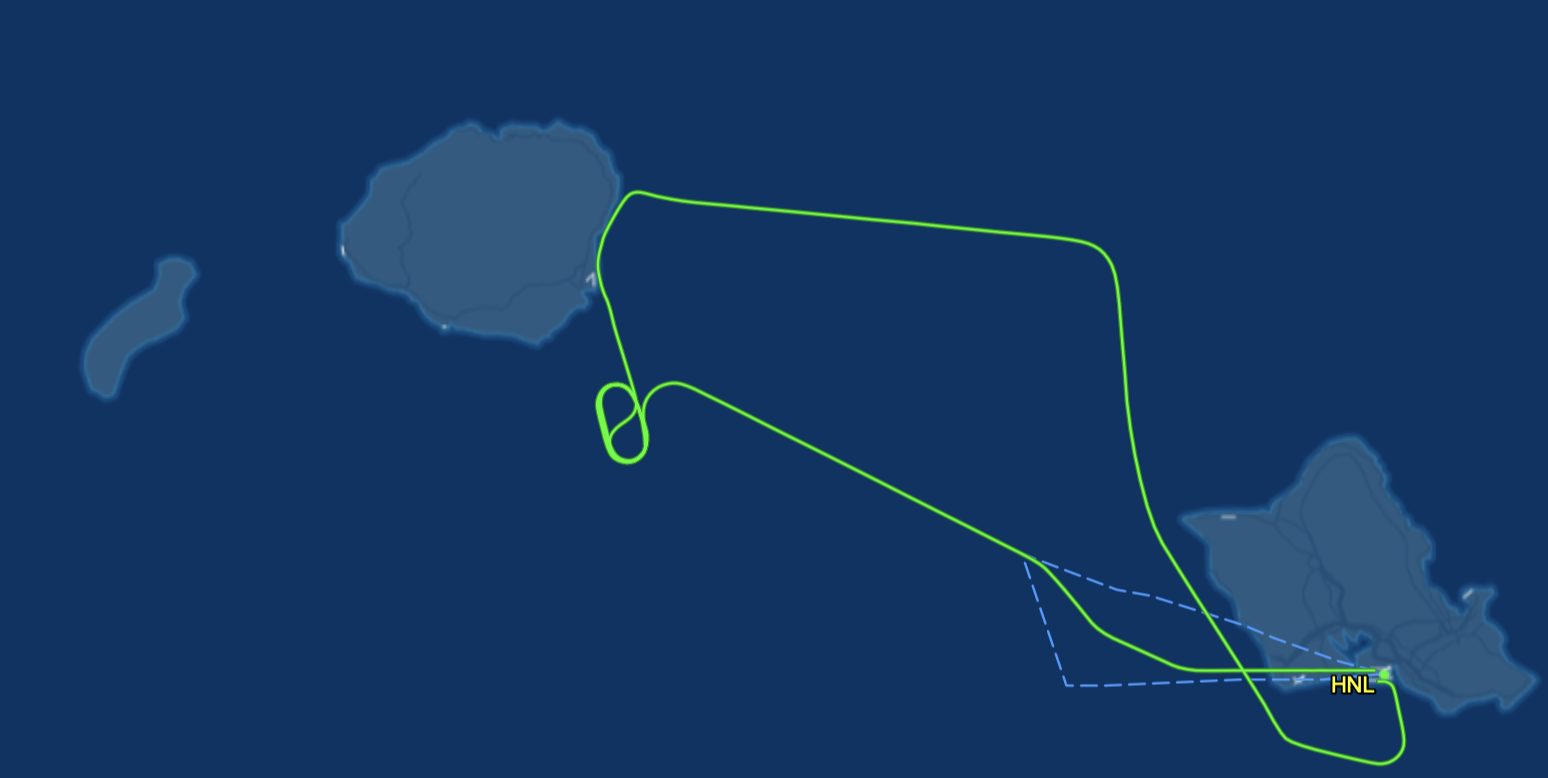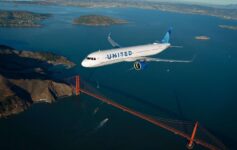
A Southwest Airlines 737 MAX 8 plunged to only 400 feet above the Pacific Ocean after a junior pilot made a serious mistake onboard. The entire incident happened months ago, but is only now coming to light after Southwest Airlines sent its pilots a memo about the sequence of events.
Southwest Airlines 737 Plunged To Only 400 Feet Above Sea Level After Lihue Go-Around
As first reported by Jon Ostrower (and thanks to several of you for sending me this story yesterday), here’s what happened:
- Southwest Flight 2786 was traveling from Honolulu (HNL) to Lihue (LIH) on April 11, 2024
- The flight was operated by a Boeing 737 MAX 8 aircraft (registration N8788L)
- A senior captain was operating with a junior first officer, as is common
- Weather at Lihue Airport was poor
- The captain let the first officer pilot the flight
- As they approached Lihue, the weather worsened and a go-around was necessary
- During the go-around, the first officer “inadvertently” pushed forward on the control column, then cut the speed causing the airplane to descend
- The flight rapidly descended from 1,000 feet to 400 feet above the ocean
- Despite audio and visual cockpit warnings, the first officer did not notice them
- Thankfully, the captain noticed and instructed the first officer to “aggressively” increase thrust
- The aircraft rose at a rate of 8,500 feet per minute (i.e. passengers really would felt like they were on a roller caoter)
- WN2786 returned to Honolulu, then took off again, this time with the captain flying
- The flight landed in Lihue without incident

Here is the memo, which Ostrower shared after Bloomberg ran a story on it:
Here’s the complete internal Southwest narrative on the recent LIH incident. Fascinating human factors case study and also underscoring how important the ASAP pilot reporting program is for preventing future accidents. pic.twitter.com/uZ0amC78QR
— Jon Ostrower (@jonostrower) June 14, 2024
Southwest believes it has addressed the issue:
“Nothing is more important to Southwest than safety. Through our robust Safety Management System, the event was addressed appropriately as we always strive for continuous improvement.”
And let me add my kudos to Southwest for discussing this openly instead of trying to sweep it under the rug.
I understand why you would pair a senior captain with a junior first officer. It makes total sense that the captain would want to let the first officer fly this leg because it absolutely provides the sort of hands-on experience that a simulator will not necessarily prepare you for.
And yes, even though there is no room for critical error in flying an airplane with 200+ people onboard, I am hopeful that learning from this error will make the first officer a much better pilot. There are absolutely some red flags here (like not being able to hear the alarms), but this is how we learn and this is how we become experts and based on all that has happened since April (read the memo above), it seems to me that Southwest is using this admittedly scary incident as a great teaching tool for all pilots.
CONCLUSION
A Southwest Airlines 737 came within 400 feet of plunging into the Pacific Ocean off the coast of Hawaii and it does appear that pilot error is to blame. Thankfully, the system worked as intended (two heads are better than one), with the senior captain taking over and safely navigating the plane.
Is there concern over the first officer? Sure. But the accountability and transparency of this incident will help pilots both within Southwest and outside.
Do me a favor, please. I saw coverage of this incident in other places with comments blaming this on diversity, equity, and inclusion (DEI). How stupid when you have no idea who was piloting this aircraft. Beyond that, a female or dark-skinned person is held to the same standards as a white man when it comes to pilot certification, so can we just skip the DEI speculation today?
top image: Southwest




There has long been a problem with student pilots being trained on simulators . Simulators do not have actual verisimilitude .
Much better to hire small plane pilots with actual experience flying around tornados in the mid-west , or military pilots with their wits about them .
Anything simulated is by definition fake .
Guess what military pilots use to get proficient. Simulators.
True or False
The minimum altitude for ILS 35 into Lihue Island is 300 feet’. The aircraft did not plummet from 16,000′ to within 400′ of the ocean. It descended normally on the approach until the crew lost sight of required parts of the landing environment and initiated a go around. At that time THEN the problem occurred after the first officer reduced power and pushed forward on the control yike (pitching the aircraft down). However they never went lower than minimums (were well above in fact) and other than passenger discomfort is a nonstory. Clickbait?
Wind or Pilot input causes the Dutch Roll
I agree they did not plummet but they were on an RNAV approach to rwy 17 so yes they were well below minimums at 400ft.
You could not be more wrong. This is a frankly terrifying event that came within seconds of disaster.
They were descending at 4000+ feet per minute before they recovered. At that rate of descent they were 6 seconds away from hitting the water.
That they were above the approach minimums has no bearing on this.